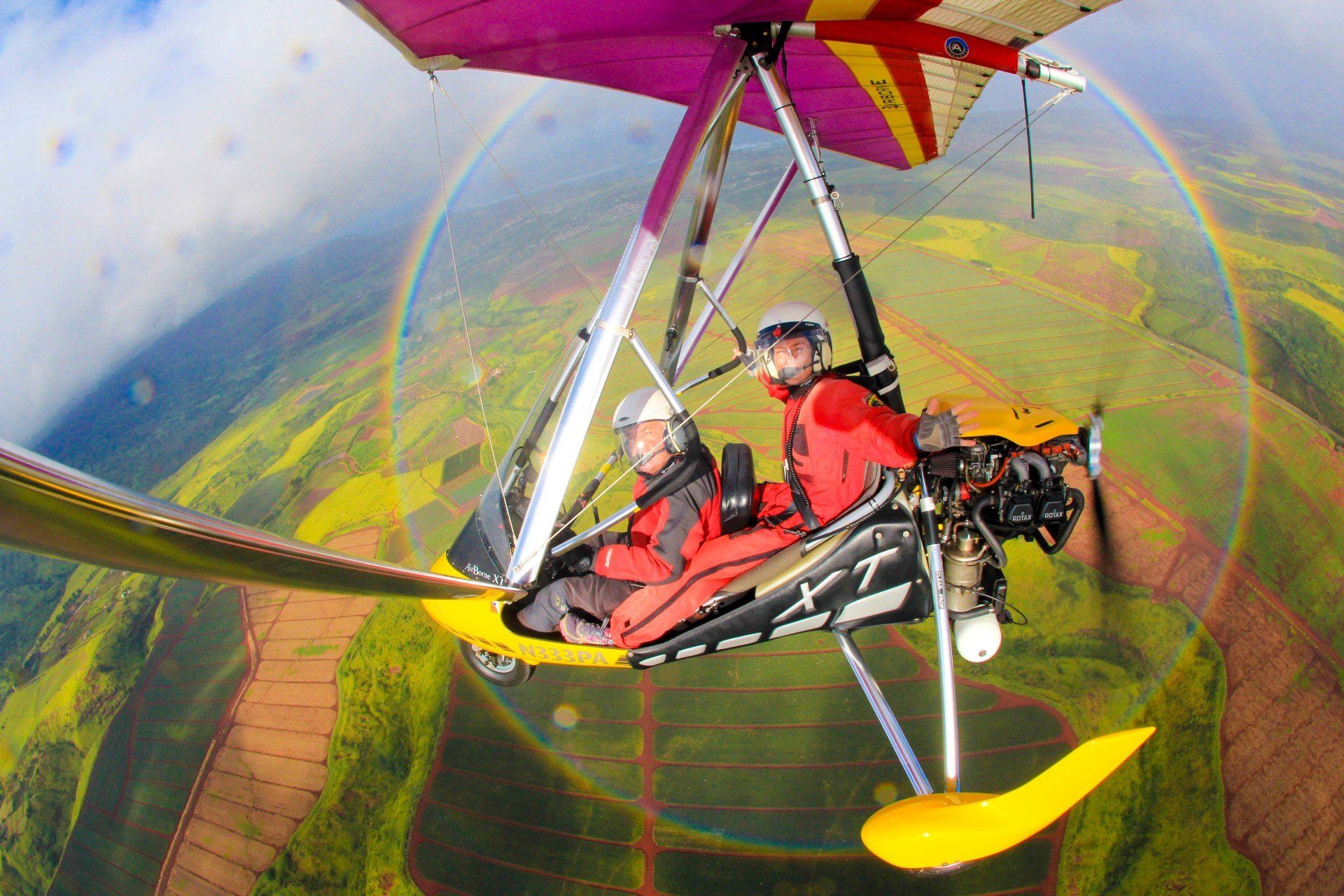
In 1910 in Breslau the triangle control frame with hang glider airplane pilot hung backside the triangle in a hang glider was evident in a gliding club's activity. In the decade 1900-1910 hang gliding saw a stiffened flexible fly hang glider in 1904, when Jan Lavezzari flew a double lateen canvas hang glider off Berck Beach, France.

(He was fastened to the gliders by his shoulders, and swung his anxiety to control them.) His aircraft was controlled past weight shift and is similar to a modernistic hang glider. He rigorously documented his work, strongly influencing afterwards designers for this reason, Lilienthal is one of the all-time known and most influential early aviation pioneers. Otto Lilienthal built (barely) controllable gliders in the 1890s, with which he could ridge soar. Starting in the 1880s technical and scientific advancements were fabricated that led to the start truly practical gliders.

Near early glider designs did non ensure prophylactic flight the problem was that early on flight pioneers did not sufficiently understand the underlying principles that fabricated a bird's wing work. NASA's Paresev glider in flight with tow cable. Gaining the safety benefits from being instructed is highly recommended. The Fédération Aéronautique Internationale and national airspace governing organizations control some aspects of hang gliding. However, modern technology gives pilots the ability to soar for hours, gain thousands of metres of altitude in thermal updrafts, perform aerobatics, and glide cross-country for hundreds of kilometres. In the sport's early days, pilots were restricted to gliding down small hills on low-operation hang gliders. The pilot is ensconced in a harness suspended from the airframe, and exercises control by shifting body weight in opposition to a command frame, but other devices, including modernistic aircraft flight control systems, may be used. Most modern hang gliders are made of an aluminium blend or blended-framed textile wing. Hang gliding is an air sport in which a airplane pilot flies a light and unmotorized foot-launchable aircraft chosen a hang glider (besides known as Delta airplane or Deltaplane). Supported by aerodynamic elevator (aerodynes) Supported past LTA gases + aerodynamic lift Supported past lighter-than-air gases (aerostats) Taumarunui Aerodrome ZK-DHA Article on Spinning (Tiger Moth Club of NZ Inc.Hang glider launching from Mount Tamalpais Mouth of the Kaipara Harbour, Near Poutu PointĢ km East of Lake Luna, Otago ZK-DWT OAAI Accident Report No. G Pereira GP-4 amateur built fixed wing aircraftĤ0 Km West of Te Kuiti - Preliminary Report Karikari Moana, Karikari Peninsula, Northlandġ55 NM southwest of Tokelau - Preliminary Report Related report from the Australian Transport Safety Bureau (ATSB): An overview of spatial disorientation as a factor in aviation accidents and incidentsĪddendum to Aircraft Accident Report: ZK-HXZ Addendum. Ngaruroro River 5.5 NM West of Hastings Aerodrome

Kaitoke airstrip, north of Upper Hutt, WellingtonĤ.6 NM SE of Pukaki Aerodrome, Canterbury It’s not to blame anyone, or make them liable for what happened. The most important reason to do that is to learn any lessons the accident may have for the rest of the aviation community. Our safety investigators look into the circumstances surrounding fatal accidents on behalf of the Director of Civil Aviation.


 0 kommentar(er)
0 kommentar(er)
